Bang & Olufsen BeoLab 18
A stunning wood and aluminum wireless sound column inspired by David Lewis’ iconic BeoLab 8000

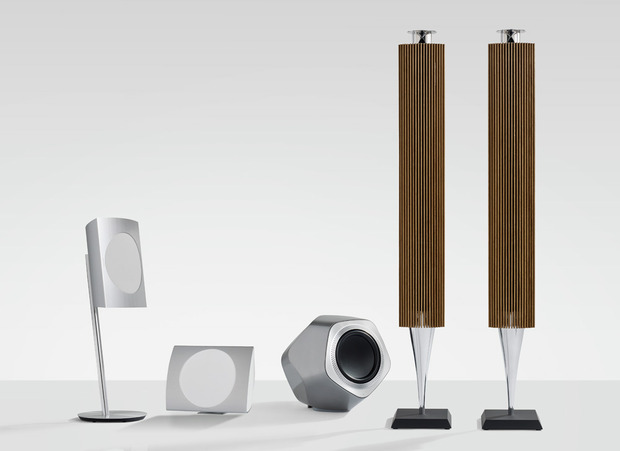
A celebrated innovator in material design and a pioneer in the school of thought that designers should work side-by-side with engineers, over the last 88 years Bang & Olufsen has released some of the most iconic designs in the home audio-visual category. To build on this legacy, tomorrow 30 October, the Danish company will introduce three completely new wireless products for home entertainment—the BeoLab 17 loudspeaker, the BeoLab 18 sound column and the BeoLab 19 subwoofer. While the 17 and 19 stand as the world’s first high-end wireless compact loudspeaker and subwoofer respectively, the BeoLab 18 steals the show with an immediately iconic look designed by Torsten Valeur.
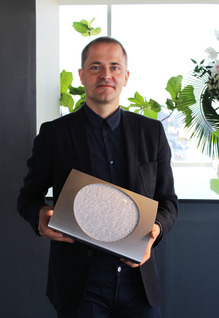

With a unique façade made from warm wood and a tall, slender backbone of brushed aluminum, the BeoLab 18 takes direct design cues from the highly regarded BeoLab 8000. Released in 1992 and designed by Englishman David Lewis—who passed away just two years ago—the 8000 has become Bang & Olufsen’s best-selling product. And so, it makes sense that Valeur—a Danish designer who worked under and alongside Lewis for 20 years at David Lewis Designers studio—would be brought in to reinterpret the beloved sound column.
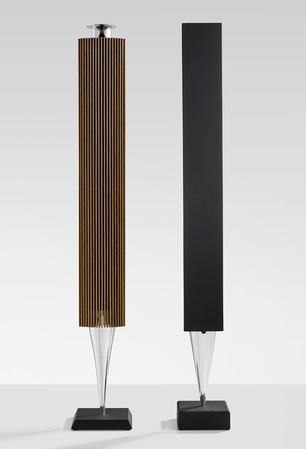
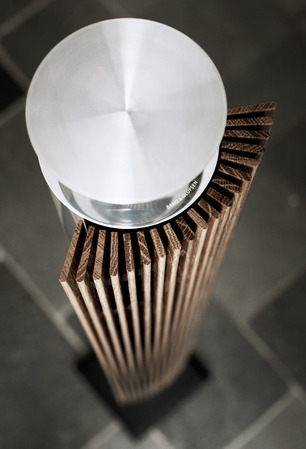
Three design elements in particular stand out on the new 18 sound column. The visually sharp, sculptural base is slightly sexier than the 8000’s pencil-shaped base, which helped earn it the nickname of “organ pipe.” Atop of the 18 sits an acoustic lens—previously used almost exclusively in Bang & Olufsen car audio systems—which disperses sound in an 180 degree arc, making the “sweet spot” nearly anywhere in the room. And, of course, the most notable element is the hardwood integration. Reminiscent of the strings on an upright bass, the fanning slats elegantly hide the speaker’s custom parallel 4″ midrange/woofer drivers while pushing the sound in an even range of directions at the same time.
Considering Bang & Olufsen’s early use of wood and aluminum together, and Denmark’s storied history in modernist wooden design, the 18 is almost expected. “It is so much like a sculpture, or piece of furniture, but not in a way that the wood becomes just a pure decoration. It’s not that kind of purpose—this is a really functional element,” Valeur explains of the wood façade. “At the same time I feel at ease when I am in a home with a lot of natural wood—in the furniture and floors for example. So I wanted to have this very high tech, precise speaker, be married to this kind of soft element that brings in the coziness and a feeling of home.”
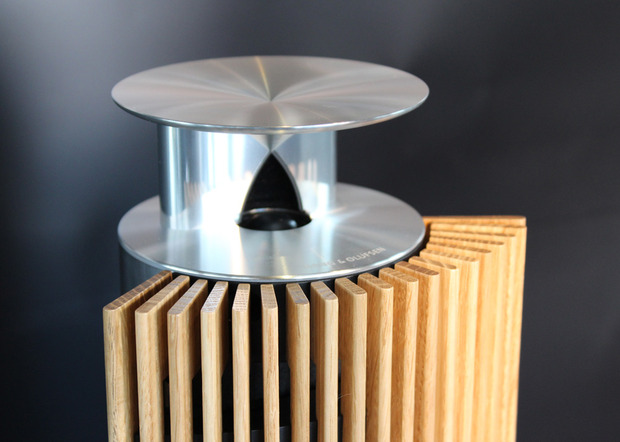
It almost goes without saying that each of the three new wireless releases sound incredible. The first products to hit the market run on the new WiSA standard, multiple antennas in each speaker tether to your WiSA-compliant entertainment center for unparalleled acoustic performance. In short, sound is transmitted quickly and efficiently, eliminating all threat of un-synced lips—a characteristic of wireless syncing.
Released at the end of November 2013, the BeoLab 17 (also designed by Valeur) set will sell for $3,990; the BeoLab 18 set with floor base for $6,590 and the BeoLab 19 subwoofer for $3,395. Visit Bang & Olufsen for more technical specs and details.
Lead image courtesy of Bang & Olufsen, all other photos by Graham Hiemstra












